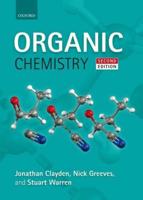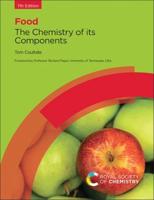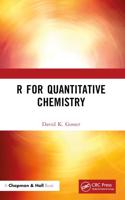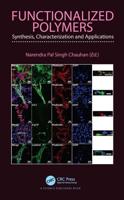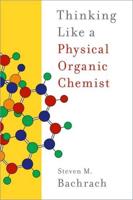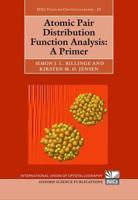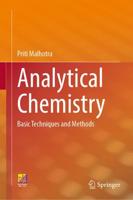Publisher's Synopsis
Phenolics have been found to possess potent biological activities including hypolipidemic, anticancer, anti-HIV, anti-malarial and anti-asthmatic activities. Similarly resveratrol, a trihydroxy-(E)-stilbene has been shown to act as an effective AhR antagonist and is in advanced stage of clinical trial for treatment of various cancer. Similarly neolignans show antioxidant and cytotoxic activities (such as podophylotoxin shows anticancerous activity). Besides their pharmacological importance, phenolics are also widely employed as flavors, pigments, and nutritional components in the food industry. Out of all antioxidant activity is one of the most frequently explored. Consequently, the development of environmentally friendly approaches towards bioactive molecules is the need of the hour. In this context, the realm of "Green Chemistry" becomes highly relevant. The goal of green chemistry is to create better, safer chemicals while choosing the safest, most efficient ways to synthesize them and to reduce wastes and seeking greener solvents that are inherently "environmentally and ecologically benign". This Green Chemistry approach has been employed for the current synthesis.



